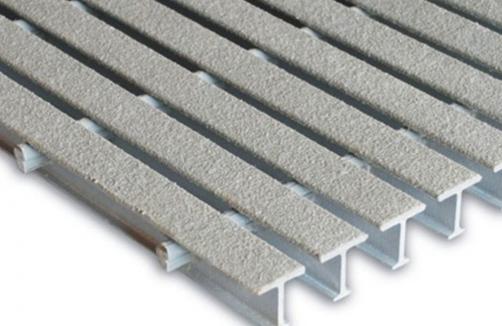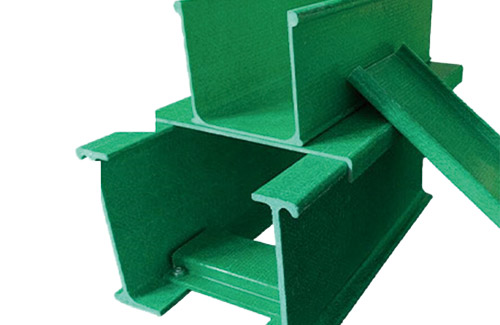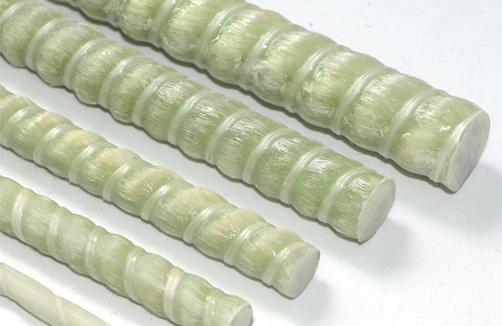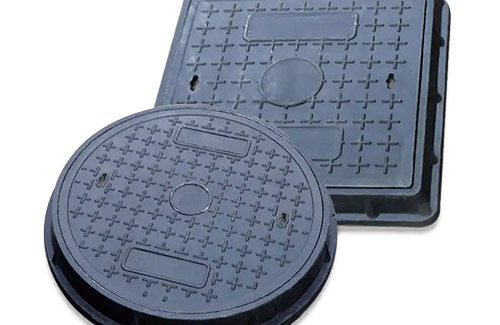
Fiberglass is the primary load-bearing part of fiberglass, which can not only improve the strength and elastic modulus of fiberglass, but also reduce shrinkage deformation, improve hot deformation temperature and low-temperature impact strength. For example, in the 306 # polyester resin casting body, after adding 50% glass cloth, the tensile strength can be increased from 50MPa to 200MPa, and the tensile modulus can be increased from 3.9GPa to 14GPa
The effects and connections of the three major elements of fiberglass reinforced plastic
(1) Fiberglass
Fiberglass is the primary load-bearing part of fiberglass, which can not only improve the strength and elastic modulus of fiberglass, but also reduce shrinkage deformation, improve hot deformation temperature and low-temperature impact strength. For example, in the 306 # polyester resin casting body, after adding 50% glass cloth, the tensile strength can be increased from 50MPa to 200MPa, and the tensile modulus can be increased from 3.9GPa to 14GPa
(2) Synthetic resin
Synthetic resin is the matrix of fiberglass, and loose glass fibers are bonded together as a whole
Resin plays a primary role in transmitting stress, therefore it plays an important role in the strength of fiberglass, especially in terms of compression resistance, bending, deformation, and shear strength.
As resin is a matrix material, it has an impact on the elastic modulus, heat resistance, electrical insulation, electromagnetic wave resistance, chemical corrosion resistance, climate resistance, aging resistance, and other properties of fiberglass. The resistance to chemical liquid erosion and water resistance of fiberglass primarily depend on the functionality of the resin matrix. Generally, unsaturated polyester resin 197 # has better chemical corrosion resistance, while 1289 # has better water resistance. Different types and trademarks of resins have different functions.
The resin content also has an impact on the functionality of fiberglass, with a general resin content of 20% -35%, which is related to the molding method and the type of materials provided by Zeng Qiang. For example, the resin content is relatively low in surround molding and molding, while the resin content is slightly higher in hand lay up molding and molding. The resin content in the strength layer is slightly lower, generally between 25% -40%; The resin content of the corrosion-resistant and anti-seepage layer is generally higher than 50%. Glass cloth is used as reinforcement material, and the resin content is lower than that of glass felt. When using fiberglass outer felt as reinforcement material. Up to 85% resin rich content.
(3) Interface
The so-called interface is the interface between any two phases of matter.
The function of fiberglass is not only related to the reinforcing materials and synthetic resins used, but also to a large extent to the quality and durability of the interface adhesion between fibers and resins.
As is well known, fiberglass is a cylindrical glass with a smooth surface like glass, and the surface often firmly adheres to a thin layer of water film, which of course affects the bonding function between fiberglass and resin. Especially in the process of drawing and spinning glass fibers, in order to achieve the purpose of bundling, lubrication, and eliminating static electricity, a layer of wetting agent is often applied. This type of wetting agent is mostly a paraffin like substance, which stays on the surface of the glass fiber and has a blocking effect on the synthetic resin and glass fiber, hindering their adhesion. The visible interface has a significant impact on the functionality of fiberglass.
If there is an issue with the interface, it needs to be addressed. If a layer of surface treatment agent is covered on the surface of the glass fiber, so that the glass fiber and resin can be firmly bonded together. This method is a very useful way to improve the fundamental function of fiberglass, and it is being vigorously discussed and selected both domestically and internationally. Practice has shown that glass fiber and its fabrics, after being treated with surface treatment agents, not only improve the wear resistance, water resistance, and electrical insulation functions of glass fiber, but also significantly improve the strength of fiberglass, especially in humid conditions.
In addition, there are interface issues between fiberglass and other materials or fiberglass itself, such as repeated layering and pasting. If fiberglass anti-corrosion lining is applied to the inner layer of a metal tank, it is necessary to clean the inner and outer surfaces of the tank, such as removing dust, oil stains, moisture, and rust layers. Sandblasting, acid washing, and other treatment methods are often used. If the metal surface is not treated well, fiberglass lining will fail. Sometimes, there may also be interface problems when a cured fiberglass layer is encountered and then bonded to the fiberglass. If using a layered solidification process or repairing damaged fiberglass, the surface of the fiberglass layer needs to be treated to remove dust, oil, water, etc. In addition, the sandpaper used on the surface needs to be roughened to increase the posting area, otherwise, layered defects will appear.
From this, it can be seen that in addition to the two major components of glass fiber and resin, the interface is also very important in affecting the quality of fiberglass and its products. These three elements are indispensable and closely related, inseparable. We call them the three major elements, which have been summarized through long-term practice.
Experience tells us that fiber, resin, and interface are the three key factors for the success or failure of fiberglass products. It can be said that whenever accidents occur in fiberglass products, people can find the reasons from three major factors. For example, the reinforced concrete fermentation tank of a certain brewery was originally lined with asphalt, but it fell off and failed after a short period of use. Using fiberglass lining, due to the original concrete pool surface not being cleaned thoroughly, it falls off and becomes ineffective after pasting, resulting in huge economic losses. Some fiberglass factories, in order to reduce costs and seek high profits, even choose fiberglass produced from clay crucibles. The fiberglass corrugated tiles produced fall off resin in less than half a year. Due to the untreated surface of the fibers pulled out from the clay crucible, there is a layer of wax film on the surface of the glass fibers, which prevents the resin from sticking firmly. Upon closer inspection of the edges of the corrugated tile, exposed glass fibers can be seen, each one very clean and unable to adhere to any adhesive. This untreated glass cloth cannot be used on fiberglass. If used, it must undergo high-temperature dewaxing treatment.







